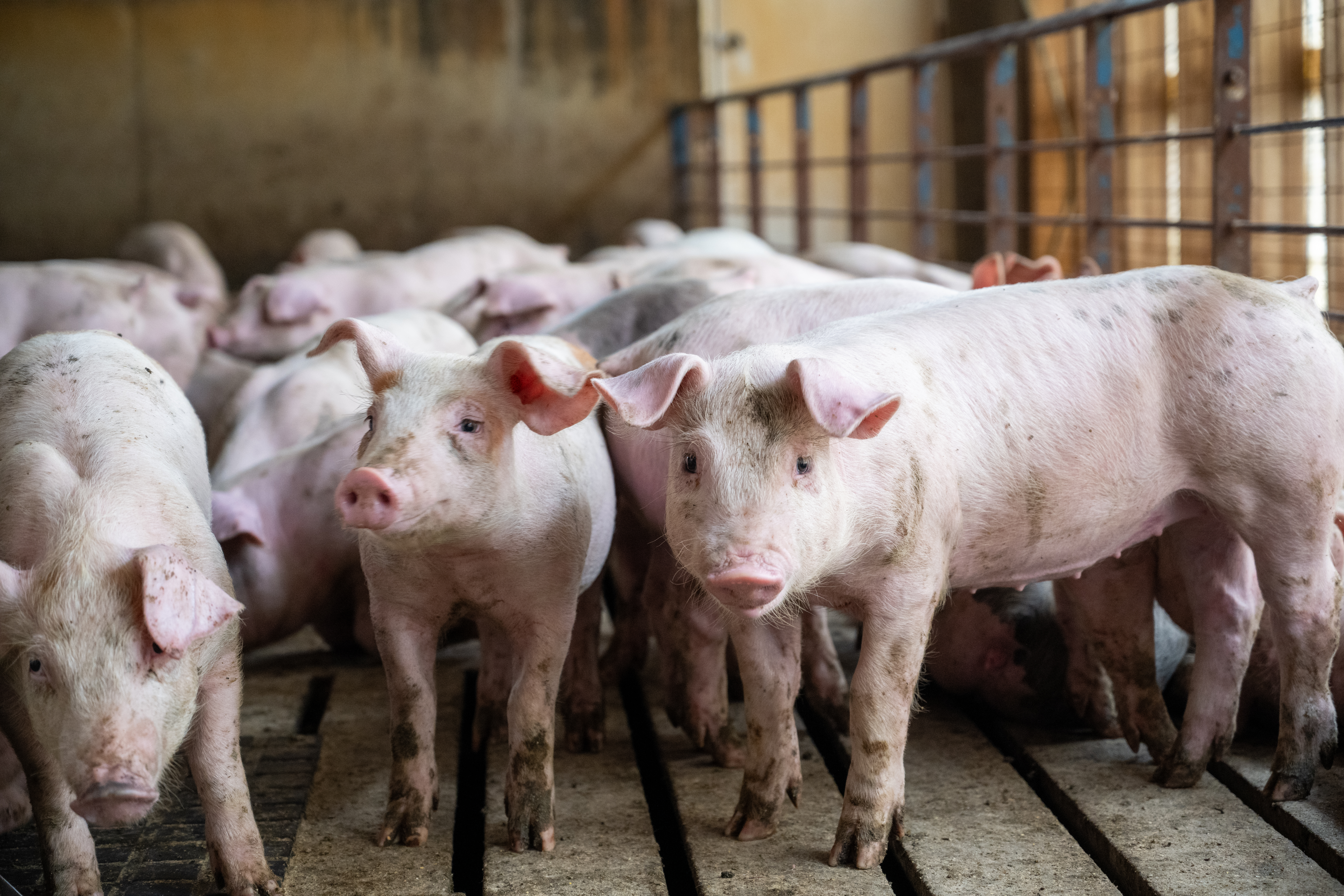The objective of this study was to determine if the implementation of fiber in the diet would increase sow longevity, improve reproductive performance and the potential reduction of pre-puberty growth rate. Over 11,000 gilts (DNA Line 241, DNA Genetics, Columbus, NE) have been evaluated in this study. One thousand gilts at approximately 21 days of age were weaned every four weeks into the gilt development unit and were considered a single cohort. Gilts were housed in small pens (30-35 gilts); within a room. Feed and water were provided ad libitum throughout the trial. Gilts were given common diets until 42 days post wean (approximately 20 kg). Each cohort was assigned to either the standard diet (STD) or a slow growth (SG) diet. The STD consisted of corn, soybean meal, and DDGs whereas the SG diet had increasing levels of fiber (maximum of 50% inclusion of soyhulls) throughout the remaining dietary phases. Gilts from each cohort were sent to multiple farms where the animals continued to be evaluated for reproductive performance and longevity. A subset of gilts was evaluated in the gilt developer unit for growth and indicators of puberty. On day 111 pigs were vulva scored, on day 150 and 164 pigs were bled via jugular venipuncture for hormone analysis (estrogen, progesterone, and kisspeptin). On day 164 pigs were weighed, and ultra sound (EXAGO, IMV Technologies, Brookelyn Park, MN) for backfat (BF) and loin depth (LD) measurements. Approximately 935 pigs were followed through their first parity and their performance indicators were recorded. Feed was analyzed for gross energy using an isoperiodic bomb calorimeter (model 6200; Parr Instrument Co., Moline, IL) and sent to the University of Missouri Agricultural Experiment Station Laboratories (Columbia, MO) for amino acid, starch, and fiber analysis. Data were analyzed using SAS 9.4 (SAS Institute, Cary, NC) using proc GLIMMIX procedure. Results were considered significant if P≤0.05. Each cohort was considered the experimental unit. Adjusted days of age to 94 kg were significant with the STD at 155.4 ± 1.39 days and the SG at 164.3 ± 1.27 days. Vulva width (VW) was significant between dietary treatments with the STD having a larger vulva width compared to SG. Backfat was significantly different between dietary treatments with the STD group measuring 15.1mm and the SG measuring 12.5mm, respectively ±0.2mm. Loin Depth was not significantly between dietary treatments. The age to first breeding was significant with the STD group estimated at 217 days and the SG at 203 days ± 1.046 days. In conclusion supplementing fiber in growing gilt diets reduced growth rates and decreased back fat while also slowing the onset of puberty.
Mayer, M., R. Harrell and L. Greiner. 2025. Evaluation of high fiber diets and slowing gilt growth rates on reproductive performance. 2025 American Society of Animal Science Midwest Section meeting, Abstract 2.
